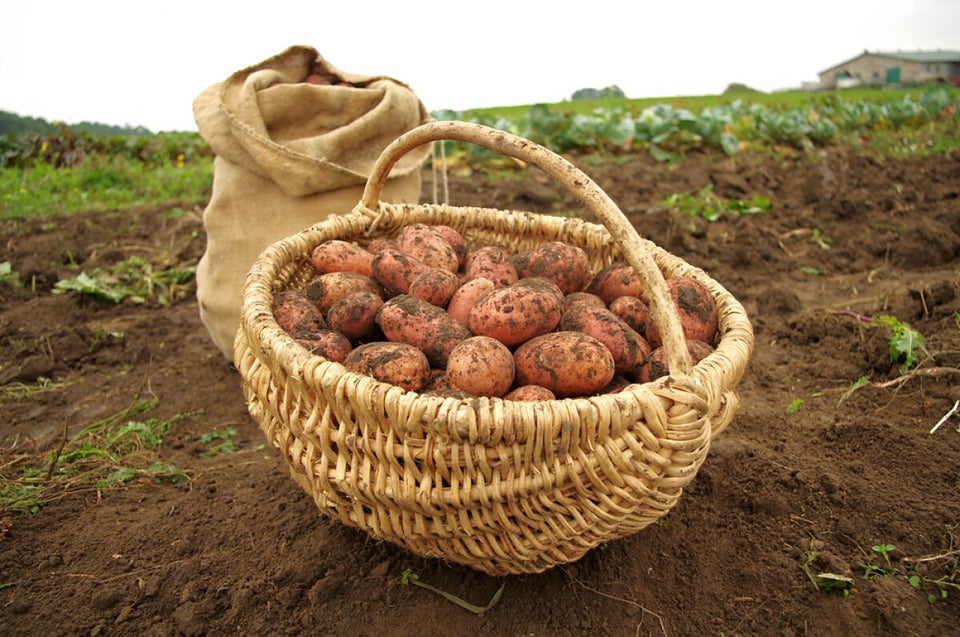
One of the hottest topics today for business and consumers is environmental sustainability...but what does that really mean? Consumers want to know the companies they give their business to are acting responsibly and are not making products that come from questionable or non‐environmentally friendly sources.
In recent years, there's been a growing demand for sustainable and recyclable packaging, for example. Large industry players and brands are leading the charge by demanding recycled content and responsible packaging guidelines for their products.
For a time, green arrows and leaf logos were the signal to customers that they were getting a sustainable product. But it wasn't long before customers got more sophisticated and began to recognize that "green" logos alone do not guarantee an environmentally sound, responsible and sustainable global sourcing model.
Today, more customers demand products that are not coming to them at the cost of finite natural resources or to the detriment of the environment.
Part of the challenge for a business looking to demonstrate their commitment to an environmentally friendly and sustainable production process is helping customers understand that "sustainable" means different things to different people and products.
For example, paper, unlike many other natural resources, is renewable. While often labelled "environmentally-unfriendly," when sourced from sustainably managed forests, paper is a rapidly renewable resource. The plantation trees from these managed forests mature within six to eight years in countries such as Indonesia and China. They are harvested and the fields are replanted to create a renewable resource.
In contrast, much of the fibre from North American trees is harvested from natural, boreal forest areas that mature every 60 to 80 years in northern climates and are not easily replenished. When we look at this one product, we can see two very different pictures of sustainability.
But the true picture of sustainability needs to look beyond the individual product, to the long-term impact of that product on the globe. Sustainability isn't just about the tangible goods, but the intangible social impact as well.
The manufacturing of a product has the potential to contribute to a country's GDP, taking a developing nation and giving it a base of self-reliance. The true measure of sustainability reaches even further still. Past the impact in production and the impact in standards of living comes that of the life span of a product.
If a product is manufactured through a "sustainable" process, and perhaps even provides jobs and improved quality of life to a developing nation, consumers should still be asking what does the life span of that product look like? What is the true sustainability measure of a product that is produced through "green" means but ends up in a landfill after the next innovation supersedes its use?
The true measure of sustainability isn't in the product. It's in the life cycle of the product and all that it touches -- before, during and after its manufacture and use. Only when we get past the perceptions of logos as a measure of sustainability and start considering the full spectrum will we truly begin to make a positive impact on our environment.
